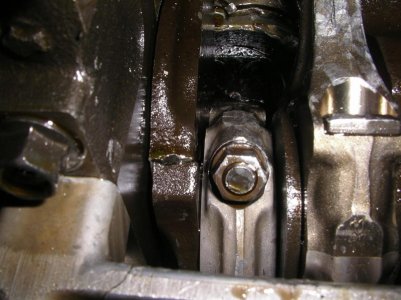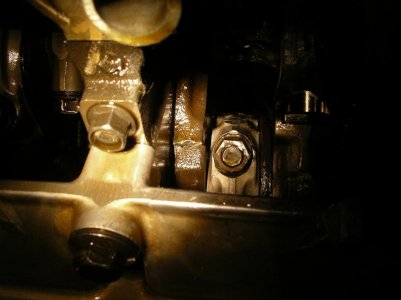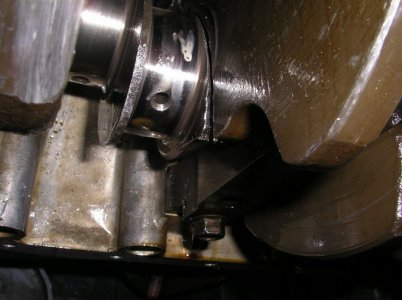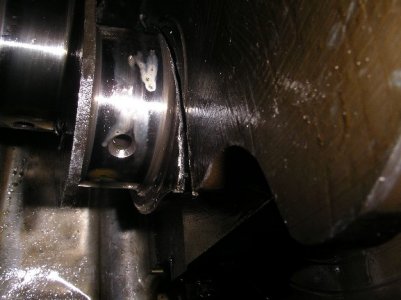I was wondering the same since my low boost really wasn't making that much more HP compared with others.
The belt was tight alright. The belt was checked every 1k mile by Zahntech.
For one, do you already know for sure that it was premature detonation that caused your engine failure?? Could it be something else perhaps.
I am asking this because, lately, I have been considering upgrading my car to a low-boost CTSC. CTSC because it seems to be a reliable and proven system, low-boost BECAUSE I don't want any problems.
330-335 RWHP is more than enough in my opinion to put the NSX back in the same league as practically any other high-end sportscar (Porsche 911, R8, RS4, M3 etc.) and that is enough for me.
Now, your misfortune is making me reconsider all of this again...









